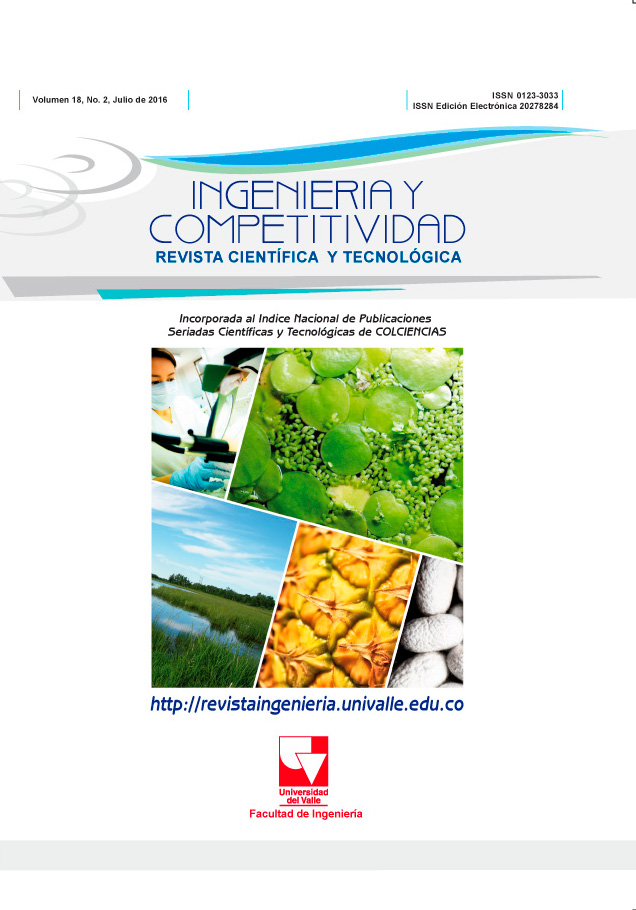Obtención de cerámicos a base de caolín mediante el proceso de Freeze casting
Palabras clave:
Caolín, freeze casting, materiales bioinspirados, microestructuraContenido principal del artículo
El proceso de Freeze casting ofrece la oportunidad de obtener materiales sintéticos que imitan características microestructurales de materiales naturales como el hueso y el nácar. Estos materiales se caracterizan por presentar
una buena combinación de resistencia y tenacidad; propiedades deseables en materiales sintéticos de ingeniería. El proceso de Freeze casting consiste en cuatro pasos. Primero, preparación de una suspensión coloidal de partículas
cerámicas, en este trabajo se utilizaron suspensiones a base de caolín y agua con diferentes concentraciones de caolín. Luego de preparadas las suspensiones, se realizó un proceso de congelamiento direccional que brinda las características microestructurales de la parte final, obteniendo poros alineados debido a la formación direccional de los cristales de agua que mueven las partículas cerámicas alrededor de ellos, creando distintas tipologías de poros.
En este trabajo se varió la velocidad de enfriamiento del proceso. Después de congelada la suspensión coloidal de partículas cerámicas se realizó un proceso de liofilización el cual cambia la fase sólida del agua, obtenida del
proceso de congelamiento, a gas sin pasar por estado líquido, permitiendo que la parte mantenga la forma de los cristales de agua. Finalmente, se realiza el proceso de sinterizado. Resultados del análisis microestructural de las
muestras obtenidas revela que la variación de la concentración de partículas cerámicas en la suspensión coloidal y la variación de la velocidad de enfriamiento en el proceso de solidificación tiene un efecto considerable sobre la microestructura obtenida. Las microestructuras varían desde poros columnares hasta poros esféricos
Downloads
Los autores que publican en esta revista están de acuerdo con los siguientes términos:
Los autores ceden los derechos patrimoniales a la revista y a la Universidad del Valle sobre los manuscritos aceptados, pero podrán hacer los reusos que consideren pertinentes por motivos profesionales, educativos, académicos o científicos, de acuerdo con los términos de la licencia que otorga la revista a todos sus artículos.
Los artículos serán publicados bajo la licencia Creative Commons 4.0 BY-NC-SA (de atribución, no comercial, sin obras derivadas).

